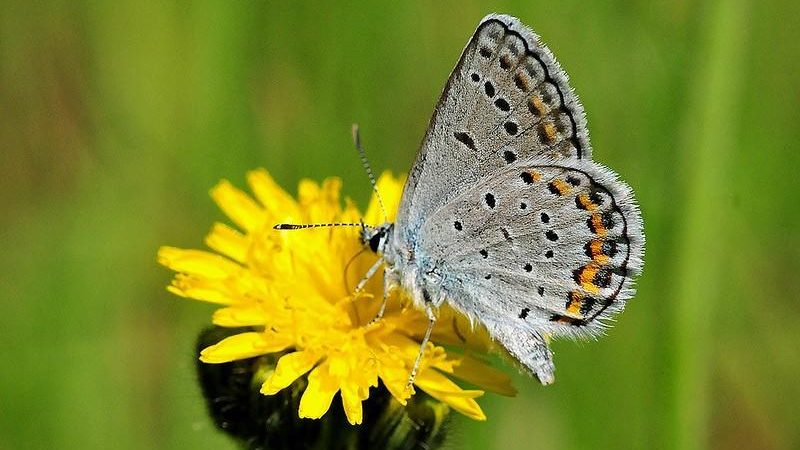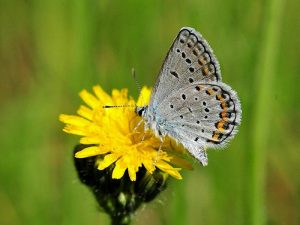New CASC Research Identifies Two Classifications of Adaptive Capacity

This post describes the research of two CASC researchers, NCASC scientist Laura Thompson and Northeast CASC scientist Olivia LeDee, who recently published Persist in place or shift in space? Evaluating the adaptive capacity of species to climate change in Frontiers in Ecology and the Environment. This post was originally published on the National CASC website here.
CASC Researchers Present Framework for Assessing Adaptive Capacity
As species around the globe are increasingly facing the choice between adaptation and extinction, an NCASC-funded study presents a new framework for measuring plant and animal’s ability to adapt to climate change.

(Public domain.)
How a species will respond to climate change is based on factors such as the magnitude of change it will experience, how sensitive it is to change, and how well it can adjust to new conditions, or its adaptive capacity. A better understanding of a species adaptive capacity in particular could be key to helping vulnerable species survive future landscape shifts. Yet measuring adaptive capacity can be difficult and hard to compare across species, limiting its current utility as a climate change mitigation strategy.
In a recent paper, NCASC scientist Laura Thompson, Northeast CASC scientist Olivia LeDee, and coauthors develop a framework for assessing adaptive capacity in animals and plants. They identified two major classes of adaptive capacity: “shift in space,” the ability to change range boundaries to find suitable conditions, and “persist in place,” the ability to stay in the current range and use or develop tolerances to deal with changing conditions. Unlike previous frameworks, which are often species-specific or require information not available in all systems, this assessment encompasses a broad range of traits applicable to a wide variety of plants and animals. The full tool is available in the paper’s supplementary materials.
To test the effectiveness of their method, the authors evaluated the adaptive capacity of eight species that experience specific challenges under climate change, including migratory species (e.g. birds and deer), species that undergo metamorphosis (e.g. insects, amphibians, and fishes), and sessile species (e.g. aquatic and terrestrial plants, and certain marine invertebrates). Their analysis revealed variation in adaptive capacity, with some species exhibiting many traits favoring adaptation and others demonstrating low capacities for change. They also encountered traits with disproportionate effects on species’ ability to adapt to climate change, called “deal maker” or “deal breaker” traits. The authors hope this framework will support effective climate adaptation planning in the future. It has since been incorporated into a Northwest CASC-funded initiative to evaluate the adaptive capacity of at-risk species in the Pacific Northwest.
This study is part of the NCASC funded study, “Adaptive Capacity: The Linchpin for Understanding and Addressing Species Vulnerability to Climate Change Impacts.” The resulting framework is also part of the Northwest CASC project “Evaluating Species’ Adaptive Capacity in a Changing Climate: Applications to Natural-Resource Management in the Northwestern U.S.”
Visit the National Climate Adaptation Science Center’s homepage
- Categories:
